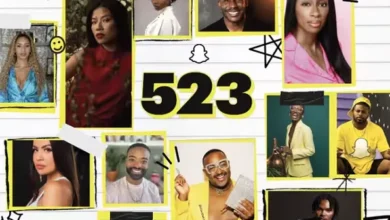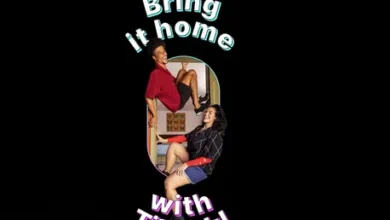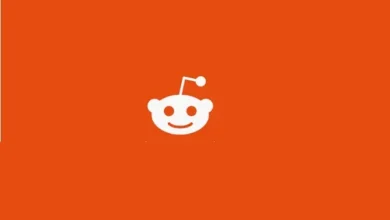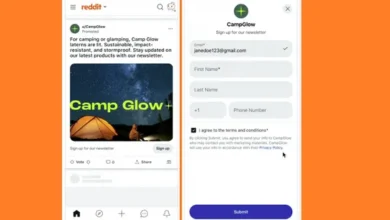YouTube’s Chief Product Officer Shares Notes on Thumbnail Testing and Generative AI Updates
Seven months after taking the role as YouTube’s Chief Product Officer, Johanna Voolich has provided some insights into her vision for the app, including new projects, the focus on generative AI, and more.
Voolich shared her thoughts as part of a new interview series on YouTube, which will provide insight into its planning and development process, in order to help creators better understand what’s happening at the app.
Here’s a summary of the key notes from the interview:
First off, a product note: Voolich says that YouTube’s thumbnail A/B testing, one of the most asked about new features, has been rolled out to 50k creators as part of the initial test pool. YouTube’s aiming to bring it to all creators by the end of the year.
YouTube first previewed its thumbnail testing option last June, and has been testing it with increasingly larger groups ever since. And it is coming, despite YouTube taking a steady approach to testing.
Voolich also discusses YouTube’s use of generative AI, and how it’s looking to develop new AI features.
Voolich says that YouTube’s focus with AI is about “supercharging the original voice of creators” with these tools, as opposed to having them become replacement-type technologies.
“It’s really about the voices of our creators and hoping to help them come up with better ideas, and newer ideas.”
Voolich points to YouTube’s current AI elements:
- Aloud – Which enables creators to dub their videos into multiple languages
- Research tab – Which now provides AI-powered recommendations for content and improvements.

- Dream Screen – Which enables creators to add AI-generated image or video backgrounds
- Dream Track – Which uses AI to create original music
These tools are designed to provide add-on benefits for YouTube creators, and that’s going to be the focus of generative AI in the app moving forward, according to Voolich.
Which makes sense. Many of the generative AI tools we’ve seen in social media apps thus far actually detract from the original purpose of the platform, by replacing human interaction with bot generated engagement.
If you’re not communicating with actual people, and you’re just cutting and pasting AI responses, then the “social” element is no longer relevant, and as such, it’s good to see YouTube taking a more creator-focused approach to this element.
Some interesting notes on where the platform is at, and where things are headed, which could factor into your YouTube planning.
Source link

